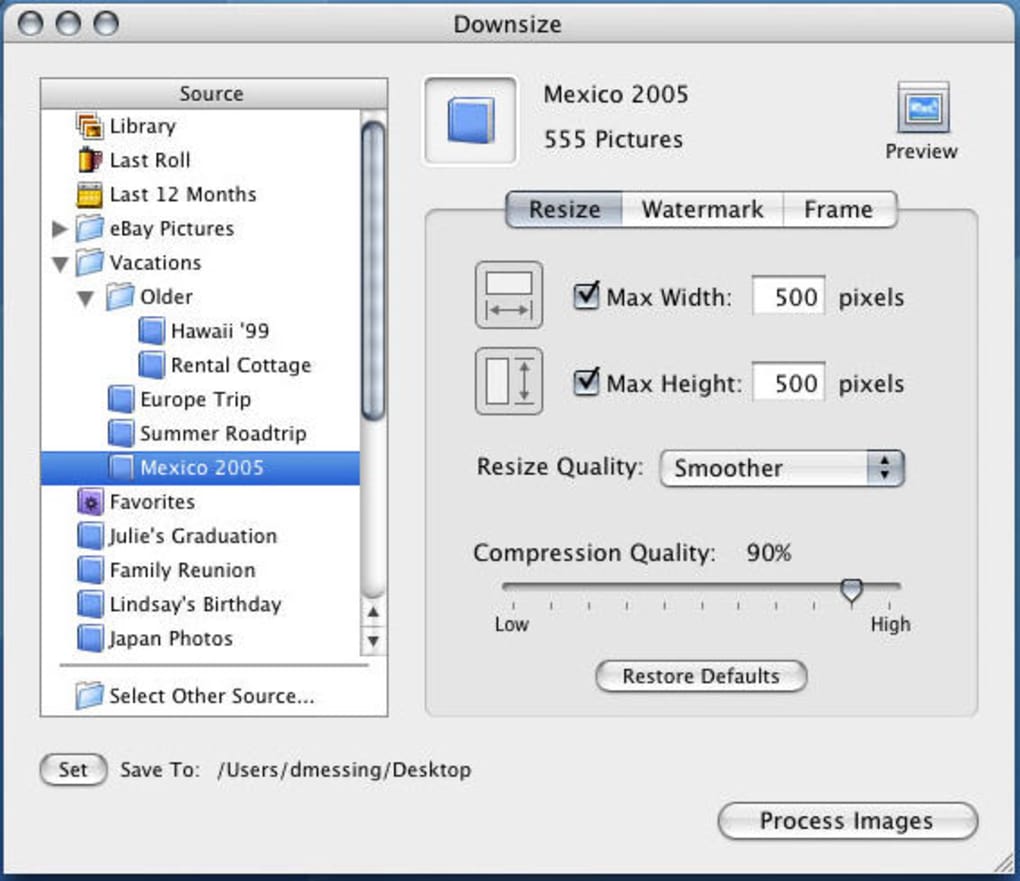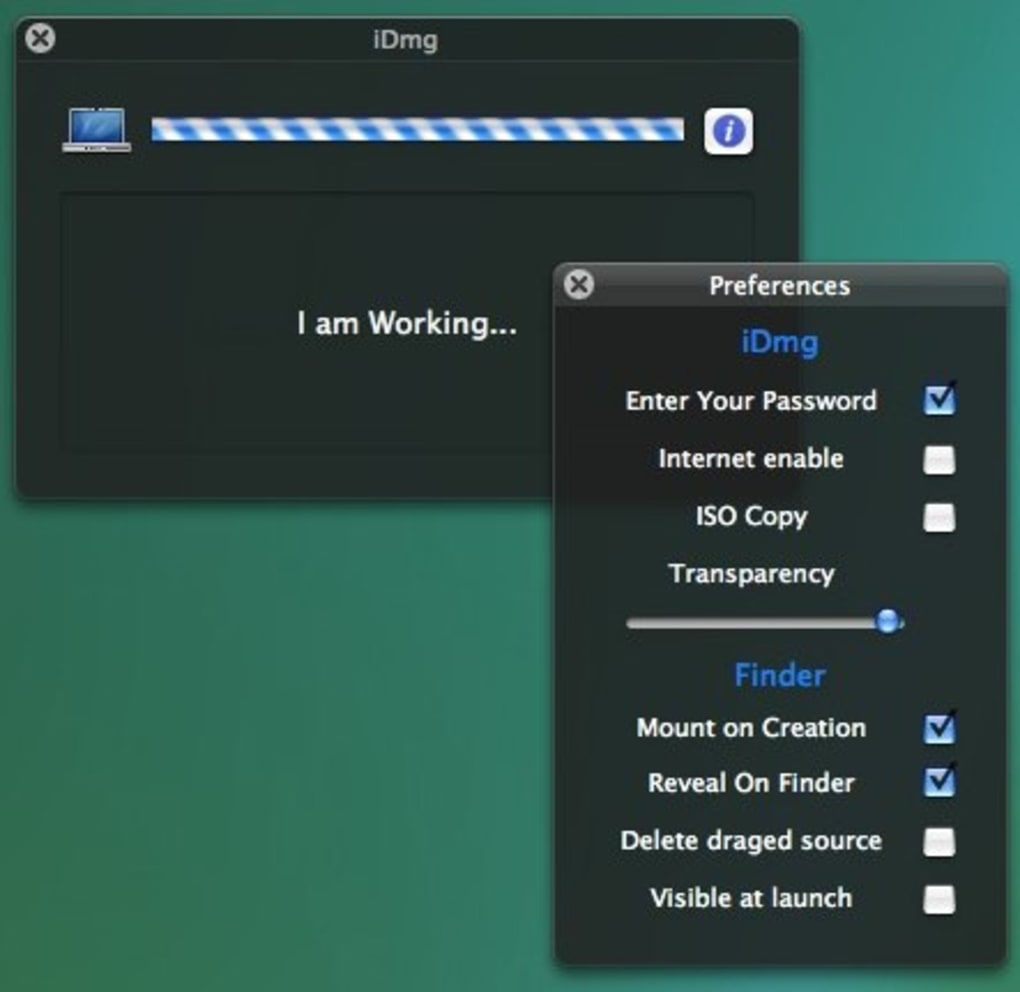
Questions? Comments? Have a fix? Be sure to check us out on Twitter.OSFMount allows you to mount local disk image files (bit-for-bit copies of an entire disk or disk partition) in Windows as a physical disk or a logical drive letter. Keep in mind that compression is dependent on the type of file being compressed, so if you have a bunch of zip files or mpeg4 movies that are already highly compressed, then you might not see much benefit however, if you have only text files, then you may see these become highly compressed. This will not only make the image size grow with its contents, but could also potentially make it smaller than the contents you store on it, as they will be compressed. Instead of choosing "sparse" or "sparsebundle" for the image type, choose one of the compressed options.

Simply select either "sparse" or "sparsebundle" from the "Image Format" menu when creating the image, and then choose "No Partition Map" from the "Partitions" menu.


When this is done, you can set the image size and optional encryption options. By doing this, the image contents will only be accessible by you.ĭisk Images can be created in Disk Utility, by clicking the "New Image" button in the Disk Utility toolbar. While convenient for file distribution, you can also use disk images as containers to store various files on your system, or on a local network server, especially if you use their encryption routines to secure them with a password. Disk images in OS X are one mode of packaging files for distribution or storage on external media, and, since they mimic the behaviors of optical discs like DVDs, they are commonly used by developers to distribute downloadable installers for their applications.


 0 kommentar(er)
0 kommentar(er)
